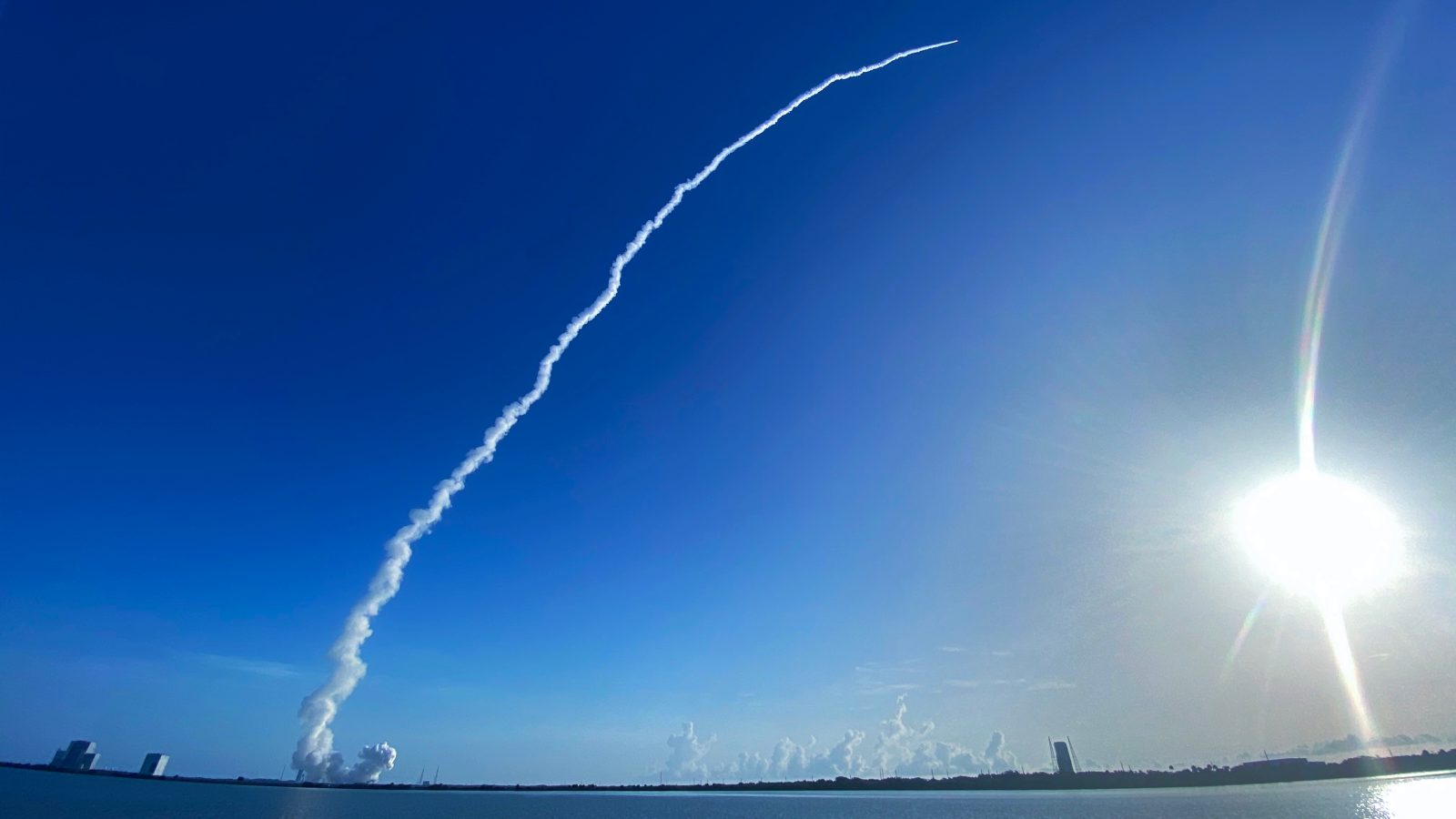
NASA’s Perseverance lifted off from Kennedy Space Center in Cape Canaveral on July 30. The new Mars rover traveled atop a United Launch Alliance-operated Atlas V rocket. The Countdown to Mars is just beginning, however. The rover’s months-long journey to Mars will continue through February 2021, then the next decade of Martian science and astrobiological discovery can commence. In this Dispatches from NASA installment, Space Explored captures the week that the Mars 2020 mission took flight in photos, video, and more.
Following a successful launch, the conclusion to the Countdown to Mars will occur shortly after 3:40 p.m. ET on February 18, 2021. That’s when the Perseverance rover and Ingenuity rotor copter arrive at Mars and prepare for landing on the surface of the Red Planet.
Perseverance will begin its search for evidence that supports signs that ancient life once existing on Mars. Ingenuity will perform the first-ever helicopter test flight on another planet; Mars has an atmosphere with 1% density of our own on Earth. The rover will also conduct an experiment called Moxy that aims to produce oxygen on Mars using resources already available on the planet.
Perhaps the most promising piece of science that may come out of the Perseverance rover’s journey on Mars is the potential return of soil samples. NASA’s new rover will collect soil from around the Jezero Crater. NASA chose this landing site because scientists believe a body of water once flowed through it.
NASA chose Jezero crater as the landing site for the Perseverance rover because scientists believe the area was once flooded with water and was home to an ancient river delta.
Jezero crater tells a story of the on-again, off-again nature of the wet past of Mars. More than 3.5 billion years ago, river channels spilled over the crater wall and created a lake. Scientists see evidence that water carried clay minerals from the surrounding area into the crater lake. Conceivably, microbial life could have lived in Jezero during one or more of these wet times. If so, signs of their remains might be found in lakebed or shoreline sediments.
Where there was once water, there may also have been life. Even evidence of microbial life on another planet would be a major scientific discovery.
While Mars is Earth’s closest planetary neighbor, a multi-trip mission to the Red Planet is a tremendous trek using current technology. The most efficient launch window from Earth to Mars occurs every 26 months. That’s when the distance from Earth to Mars is at its shortest as they orbit the Sun.
Future missions to send rock and soil collection robots from Earth to Mars and back will occur in 2026 or 2030 at the earliest. NASA and the European Space Agency are collaborating on concepts for these future missions.
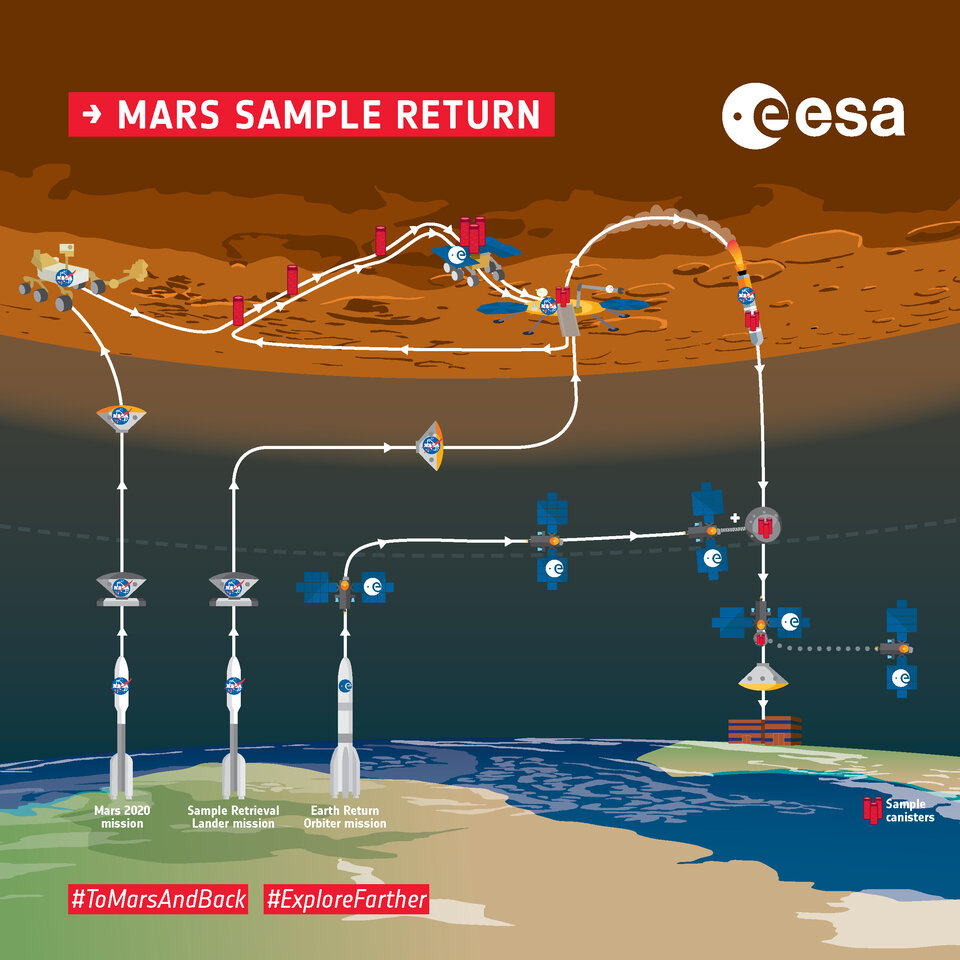
Once the rocks and soil are back on Earth, scientists can use state-of-the-art labs to learn from the Martian samples. Despite a decade of travel required, NASA opted for a mission to return Mars samples to Earth rather than limiting the number of instruments that could be sent to Mars for remote soil studies.
What we can learn from these missions and the new questions we’ll know to ask for future endeavors makes Mars 2020 all the more fascinating. But first, NASA had to make the first move by sending Perseverance to Mars in the middle of a global pandemic caused by the COVID-19 coronavirus. Here’s how that looked on Earth.
Meet Alex and Veneeza
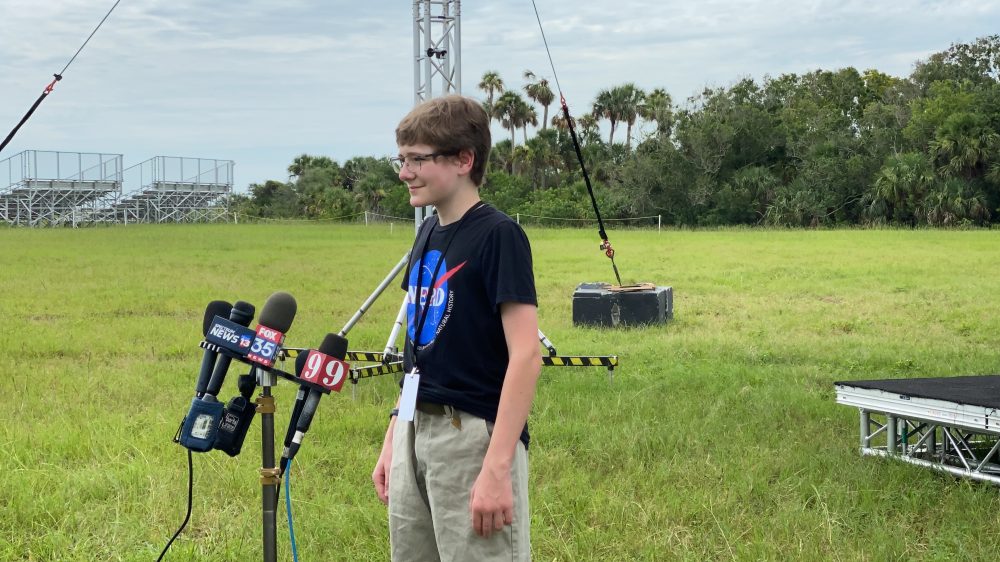
Alex Mather, a seventh grader from Virginia, submitted the winning essay that suggested the Mars 2020 rover should ake the name Perseverance — and that was before NASA and ULA needed to work through a pandemic to meet the July/August launch window. “My heart is just full of gratitude,” Alex told the press.
He spoke with confidence and clarity when discussing plans to study astronomical engineering and work wherever NASA needs him when he grows up. Alex described the experience of going from being celebrated in a ceremony with his classmates to his school year abruptly ending due to COVID-19 as “shocking,” but he also said he believes humans will come out of the pandemic stronger as a species.
After Mars, Alex says he’s “really looking forward to Artemis I,” the upcoming NASA mission to return to the Moon.
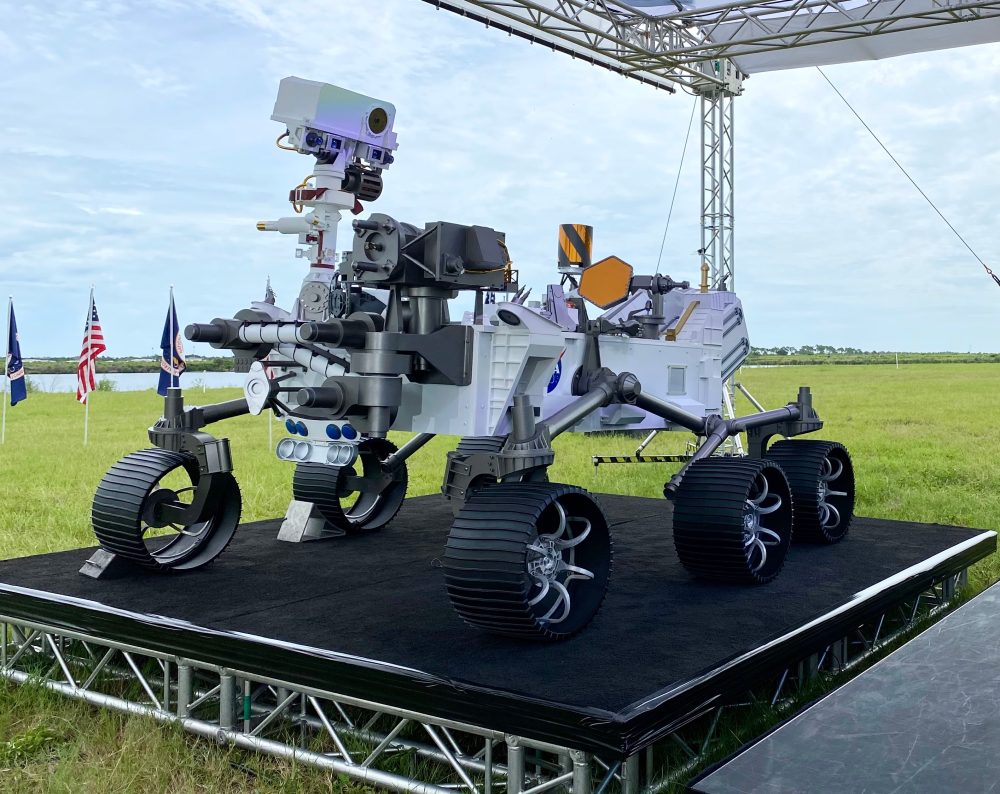
A full-size Perseverance rover model was on display at NASA’s Kennedy Space Center in Cape Canaveral, Florida.
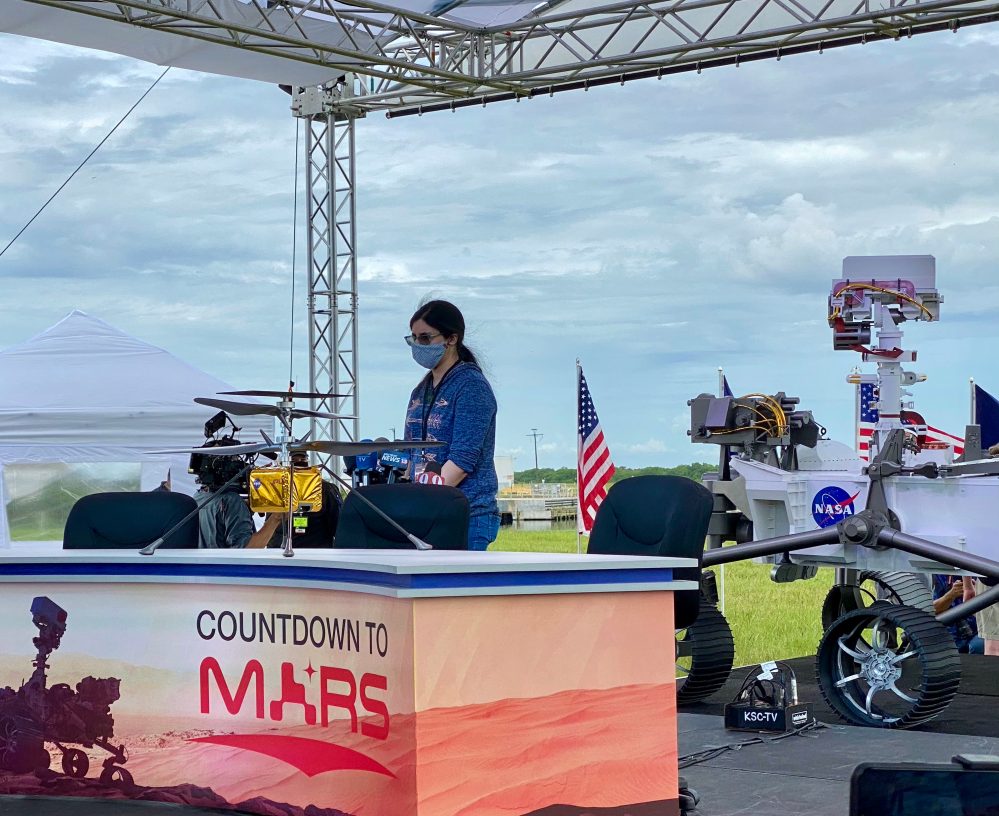
Vaneeza Rupani, a 17-year-old student from Northport, Alabama, submitted the winning essay for the Mars helicopter named Ingenuity. When asked if she expects the first-ever technology demonstration of a helicopter on Mars to work, Vaneeza answered with absolute certainty. In her spare time, Vaneeza says she plays guitar and enjoys the music of Ed Sheeran.
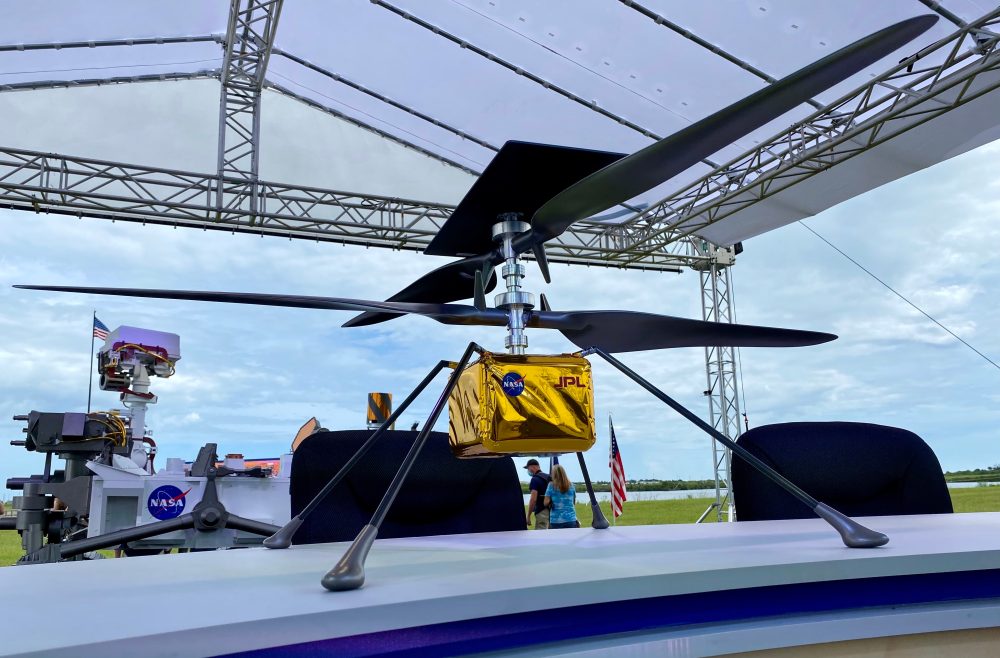
The Mars helicopter is developed by the NASA Jet Propulsion Laboratory in California. If the technology demonstration works, Ingenuity could be the first of many planetary rotor copter flights that can provide aerial footage to assist rovers working on the surface.
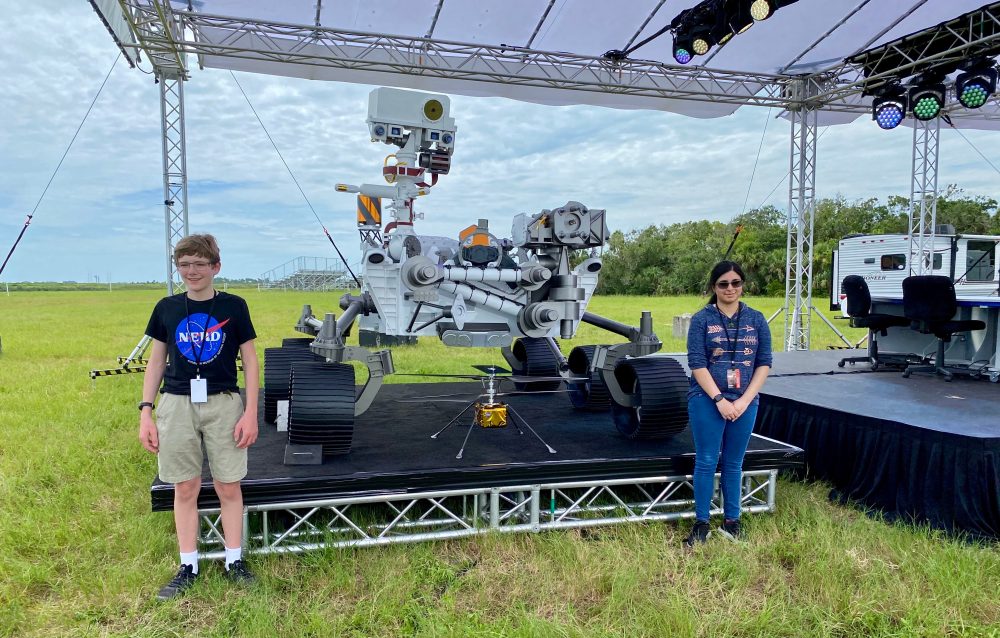
Alex Mather and Veneeza Rupani pose for a photo with models of the NASA instruments they named. The two students maintained a safe distance from one another as well as the press during the presentation as a COVID-19 precaution.
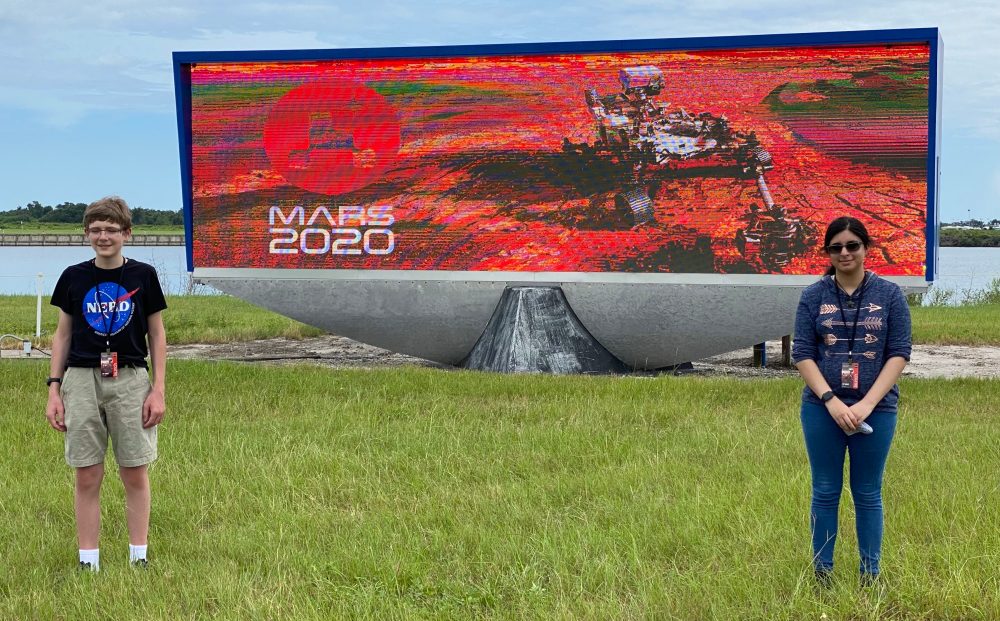
Alex and Veneeza were also photographed in front of the Kennedy Space Center countdown clock as it showed Mars 2020 mission graphics. The students only removed facial coverings while speaking and posing for photos. Masks that covered the nose and mouth were required as a safety precaution to prevent the spread of COVID-19 during the event.
Both students are brilliant. Following their careers will be as exciting as keeping up with Perseverance.
A rocket to Mars

During the Mars 2020 launch week, media had the opportunity to view the ULA Atlas V vehicle rollout from the Vertical Integration Facility (VIF) to Space Launch Complex 41 (SLC-41, pronounced slick). The meticulous process takes roughly an hour; time lapse footage speeds up the experience in post.

Photo credit: (Stephen Marr/Next Horizons Spaceflight)
Setting up cameras to remotely photograph the rocket launch is another media opportunity provided during the Mars 2020 launch week. Photographers deploy cameras that remotely trigger based on sound or duration to capture launch shots the following day. Remote rocket photography from the launchpad is uniquely challenging.
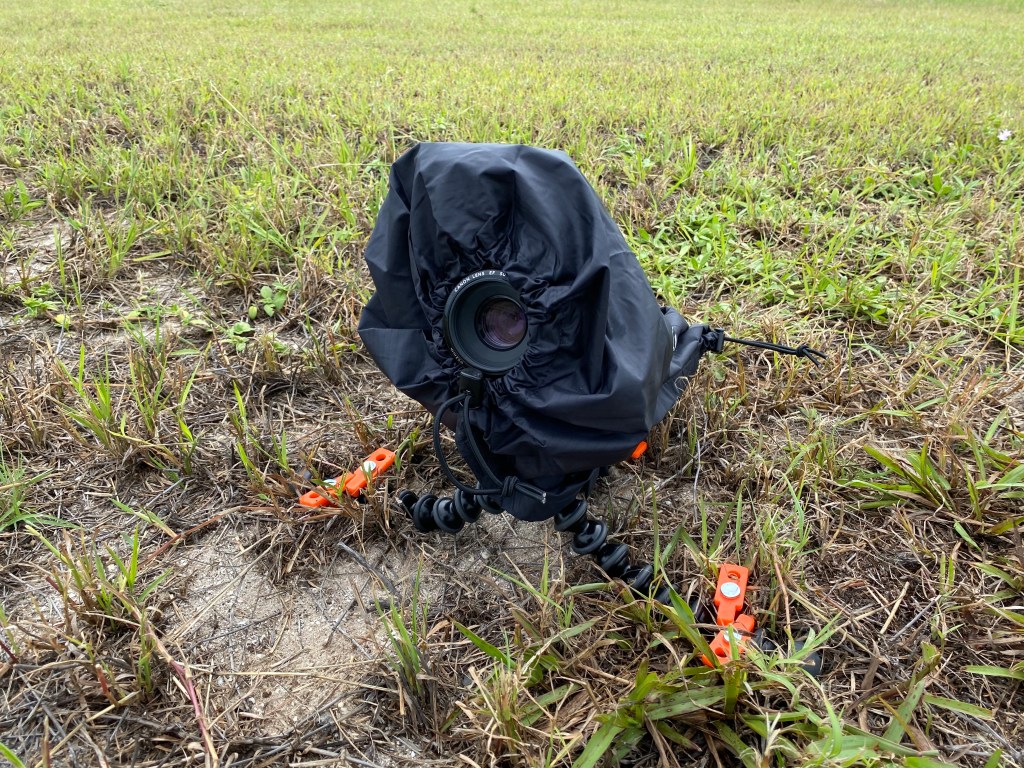
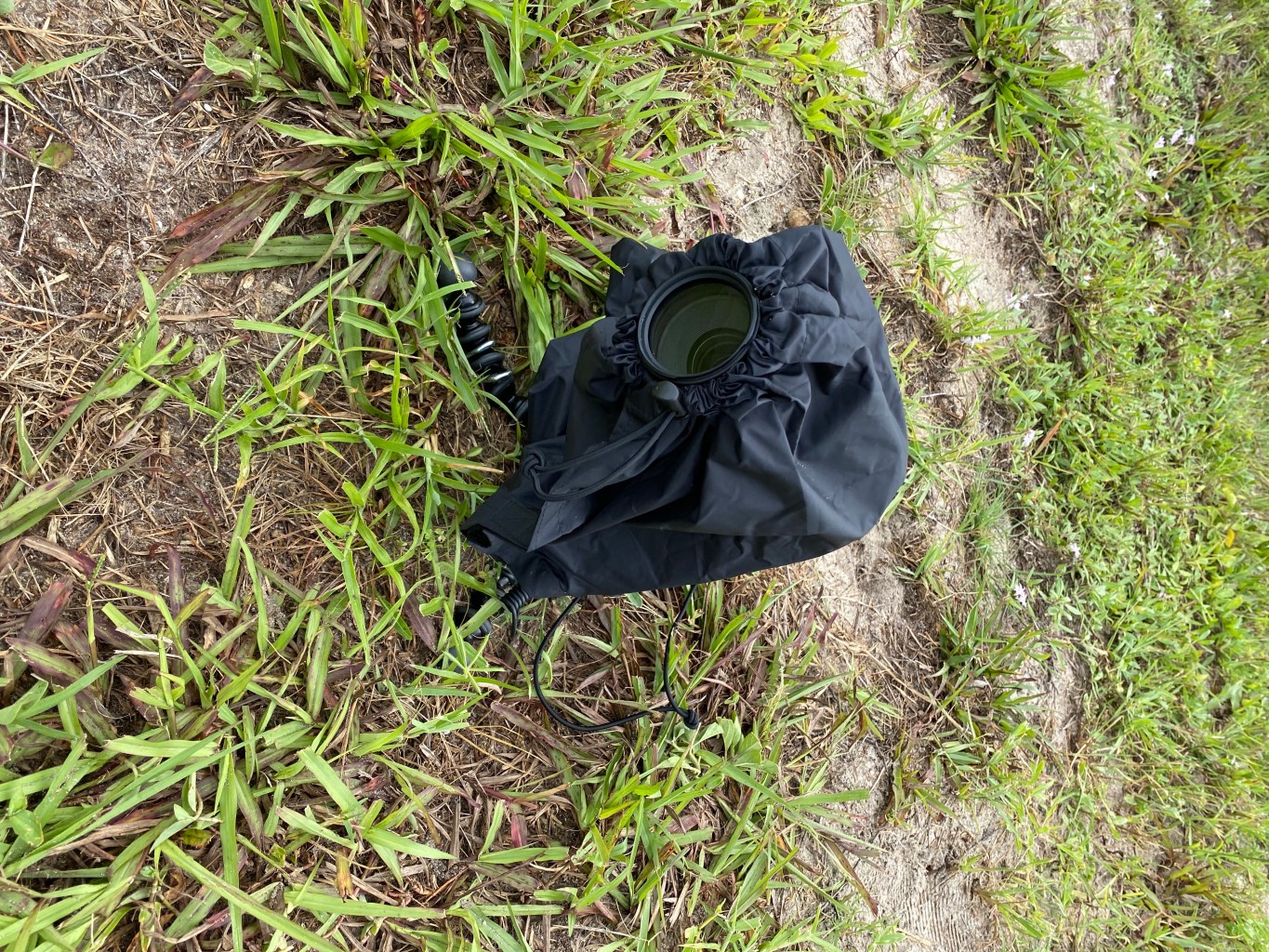
Much preparation is necessary to frame the right shot and walk away with a usable photo. Make one mistake during setup and there’s no bringing back the rocket to try again. There’s also the challenge of how to protect your equipment during blastoff or in the event of bad weather. Personally, I found myself underprepared for this process.
Fortunately, Daryl Sausse recently joined Space Explored alongside Seth Kurkowski who both attended the Mars 2020 launch viewing with me. Daryl and I stayed up all night before remote camera setup day practicing what to do and how to protect the equipment. I had launchpad access and Daryl had rocket photography experience. Through practice, note-taking, and communicating over a phone call during setup, Daryl and I managed to pull off Space Explored’s first remote pad shot. We wouldn’t know this until after the launch when remote cameras could be recovered.
Launch day, T-0
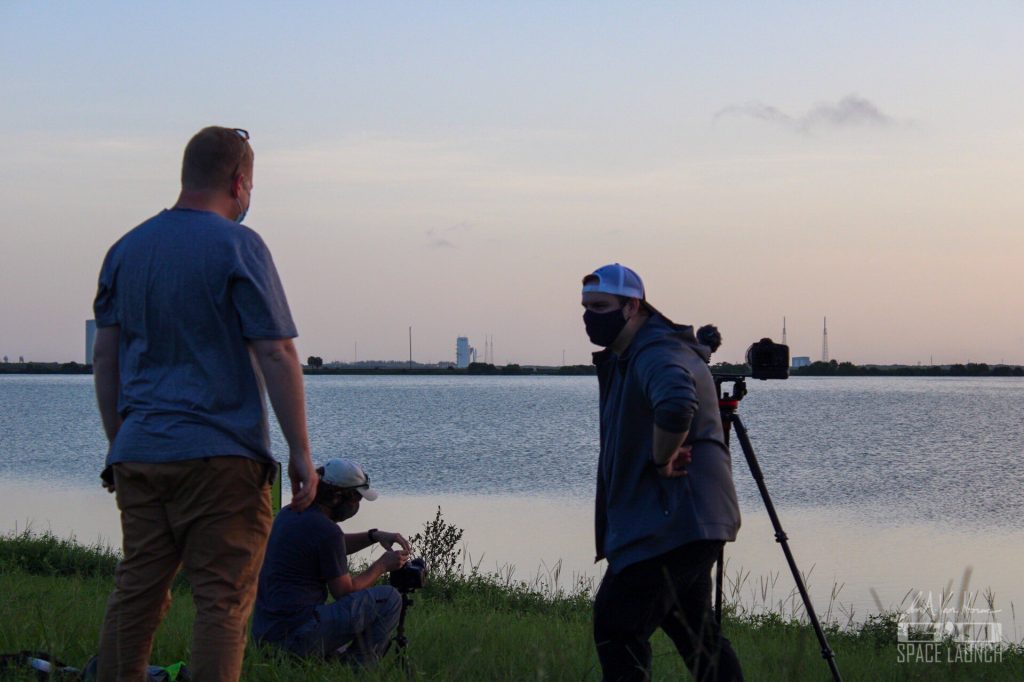
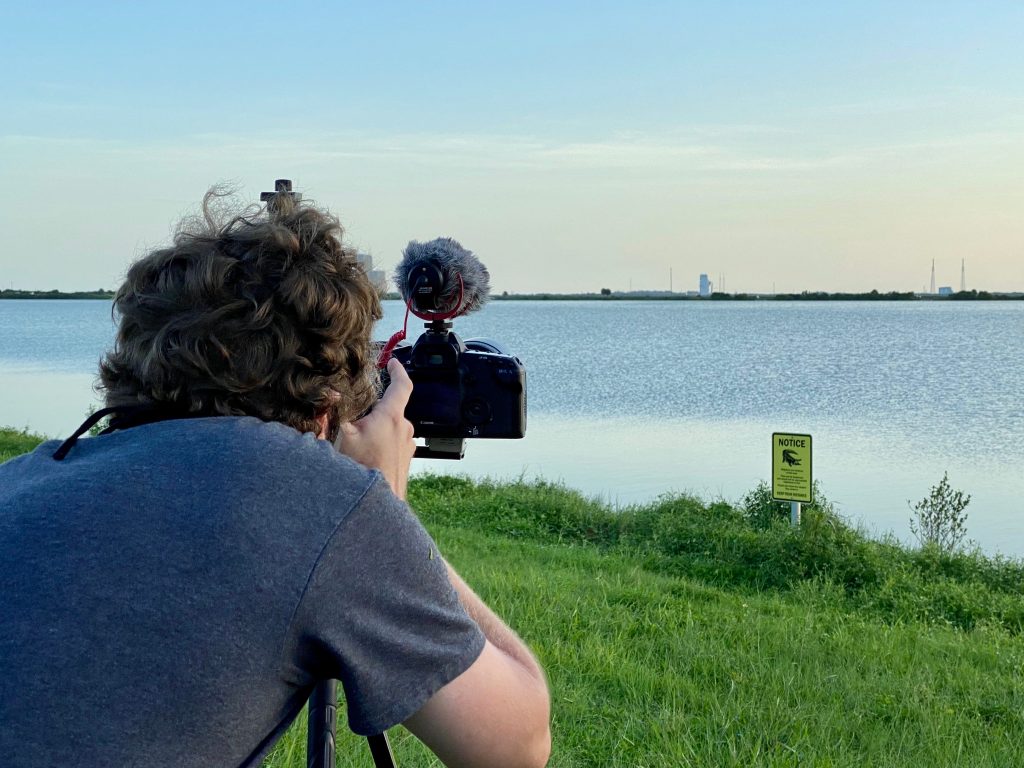
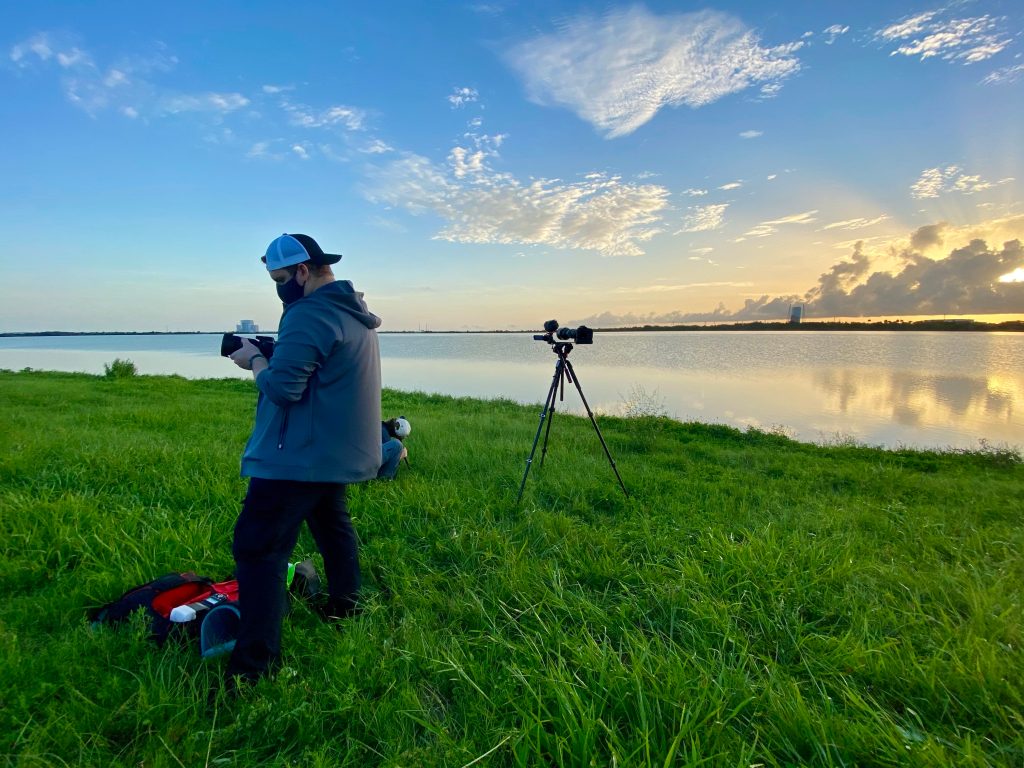
Top left photo credit: (Jon Van Horne/Go Space Launch)
United Launch Alliance’s Atlas V rocket took off without a hitch as soon as the window for liftoff opened. We had been prepared for up to two hours of waiting as launch windows opened every five minutes.
Above is video capture from my iPhone 11 Pro. Wait for the sound to reach our viewing location for a sense of what the in-person experience is like.
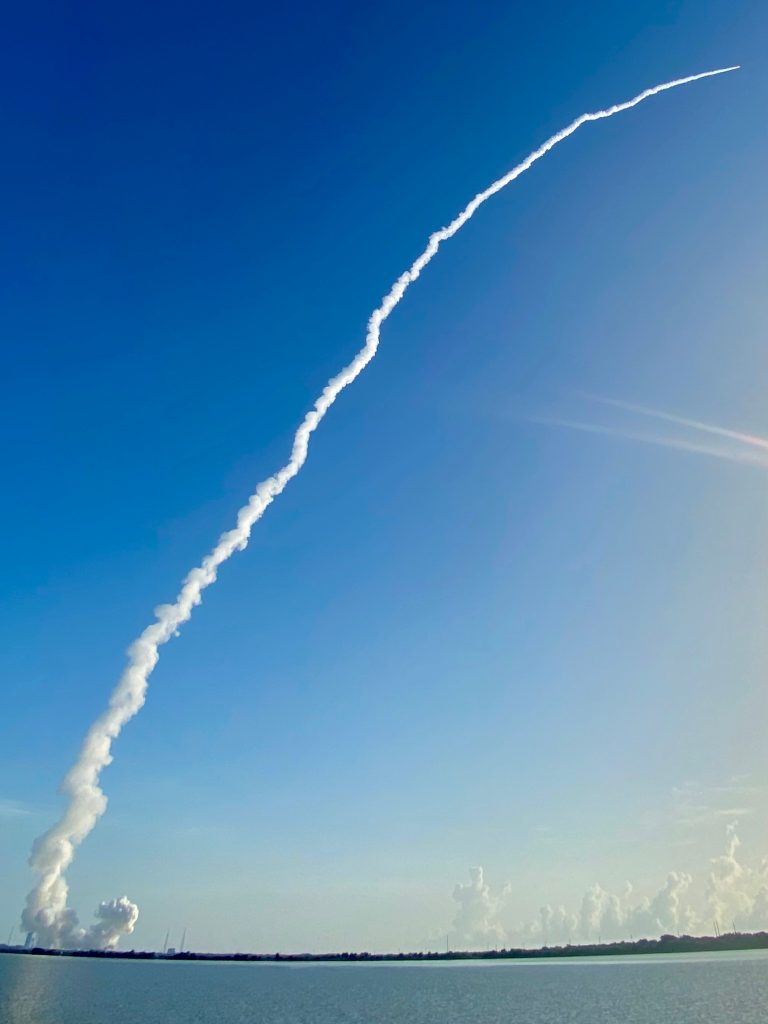
The plume created by the Atlas V engines leaves behind an ephemeral trail of the rocket’s path as it leaves Earth and travels to space.
Remote pad shot results
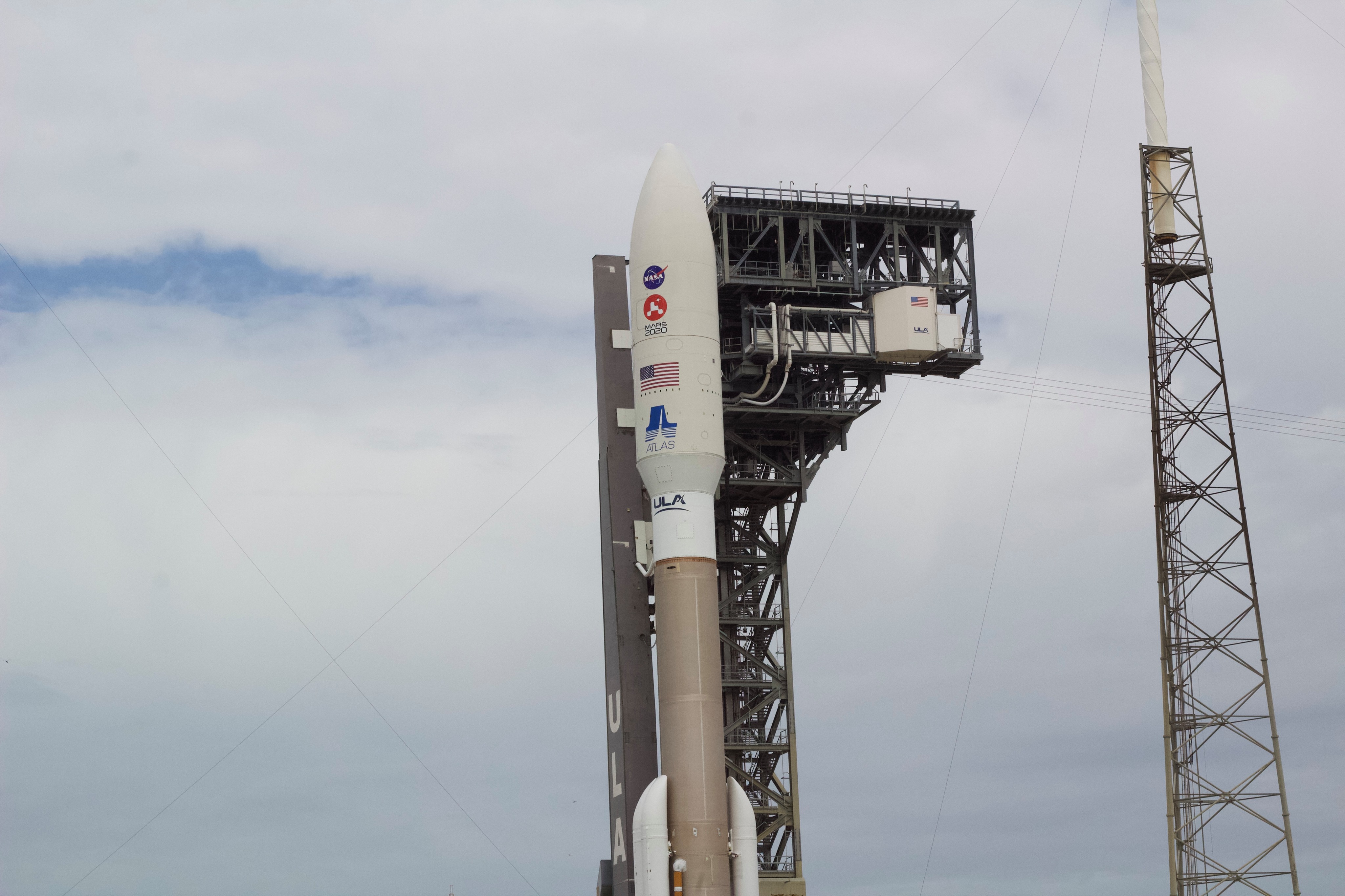


Following a successful liftoff, media who left cameras at the launchpad traveled back to the scene to retrieve gear. Thanks to Daryl, we managed to leave two cameras at the launchpad instead of just one. Law of averages. This proved useful as one of our cameras became obstructed during takeoff as seen above.
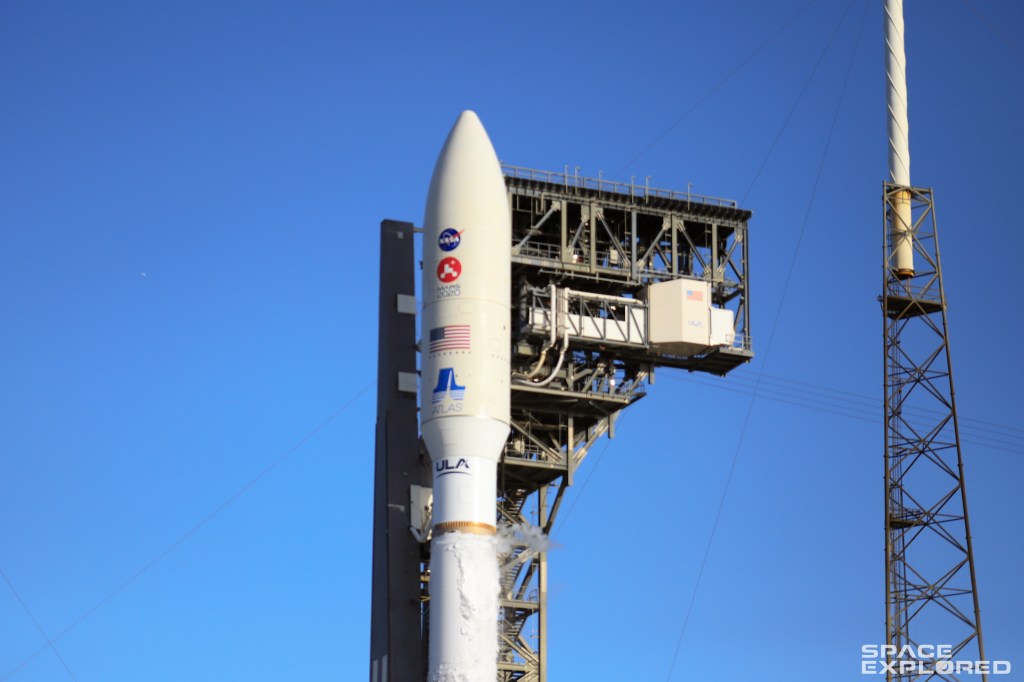
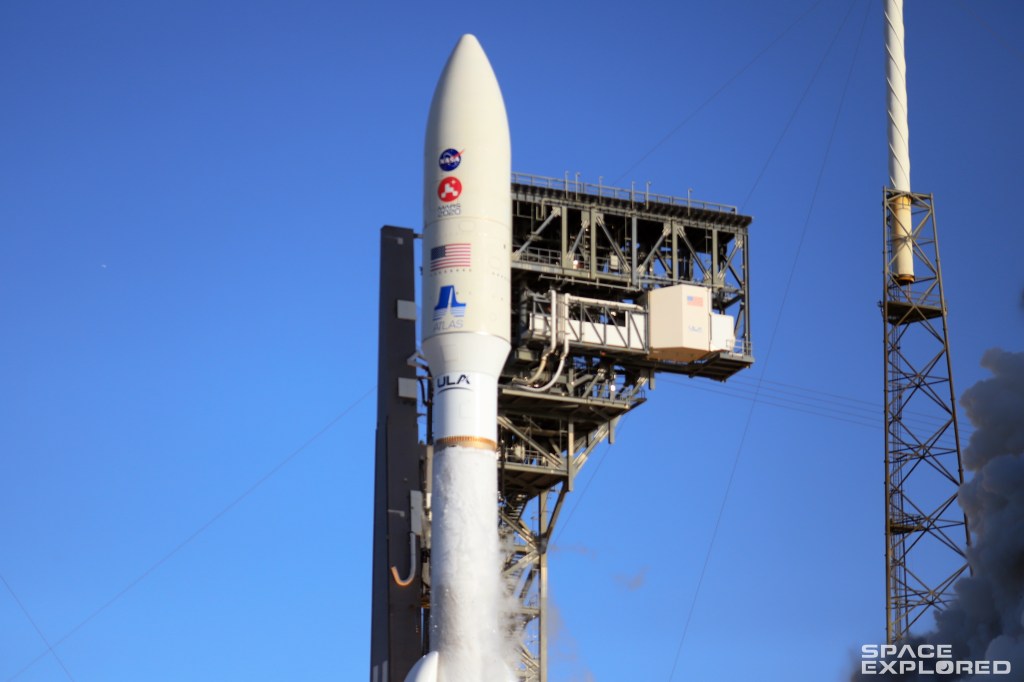
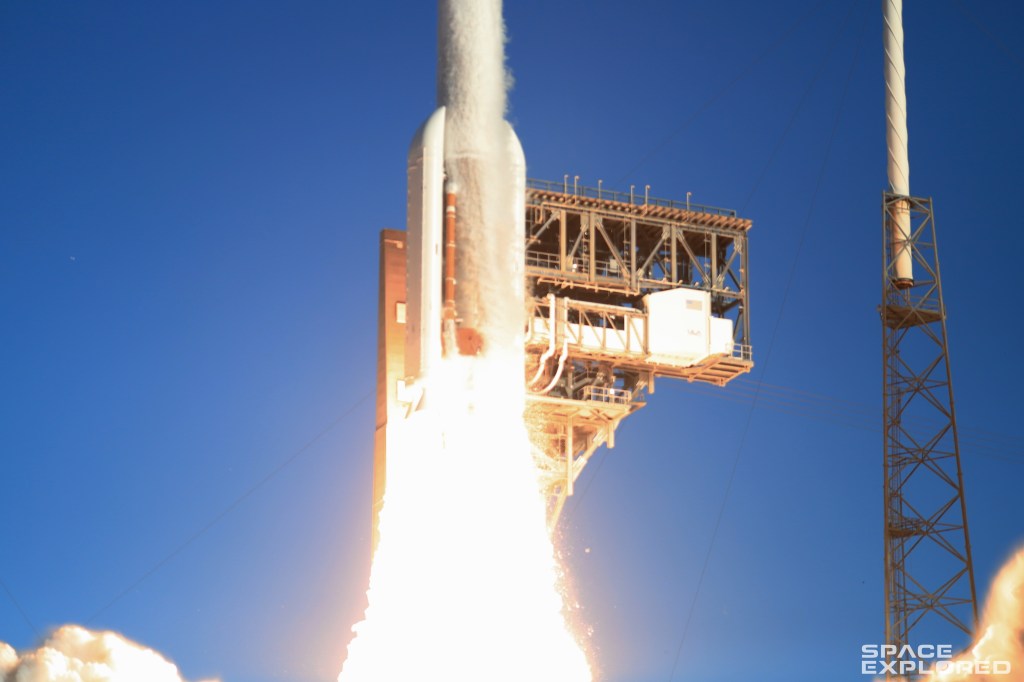
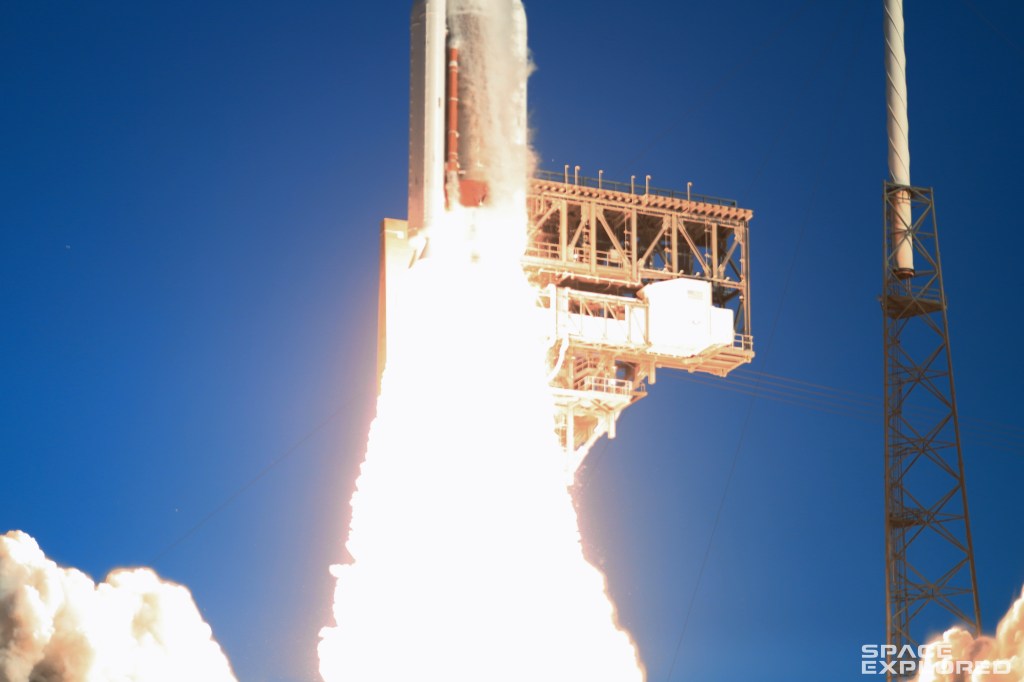
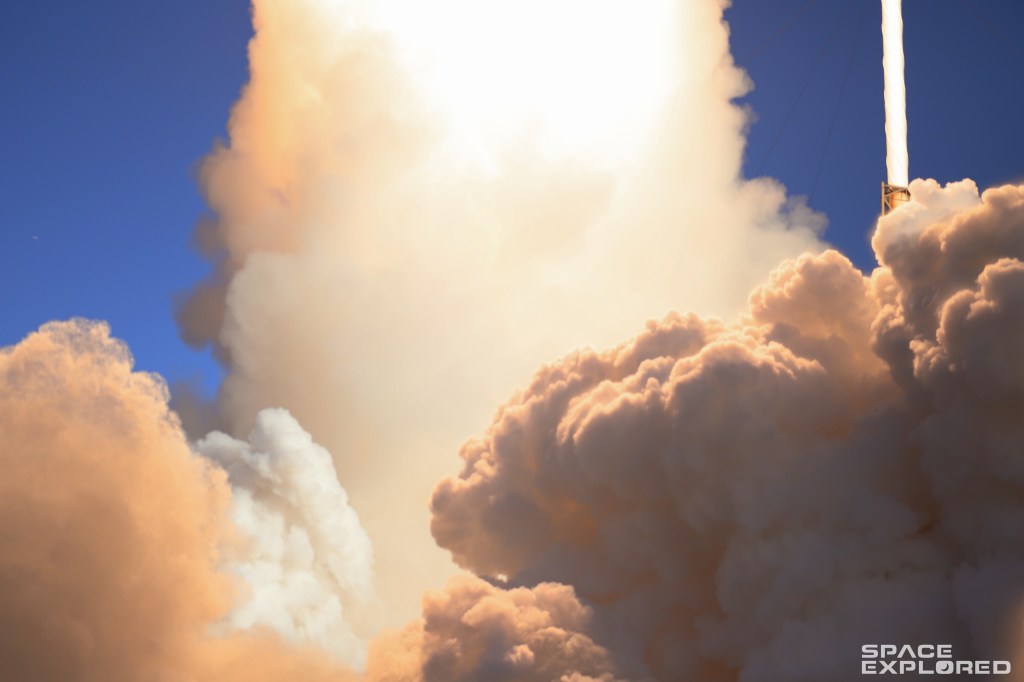
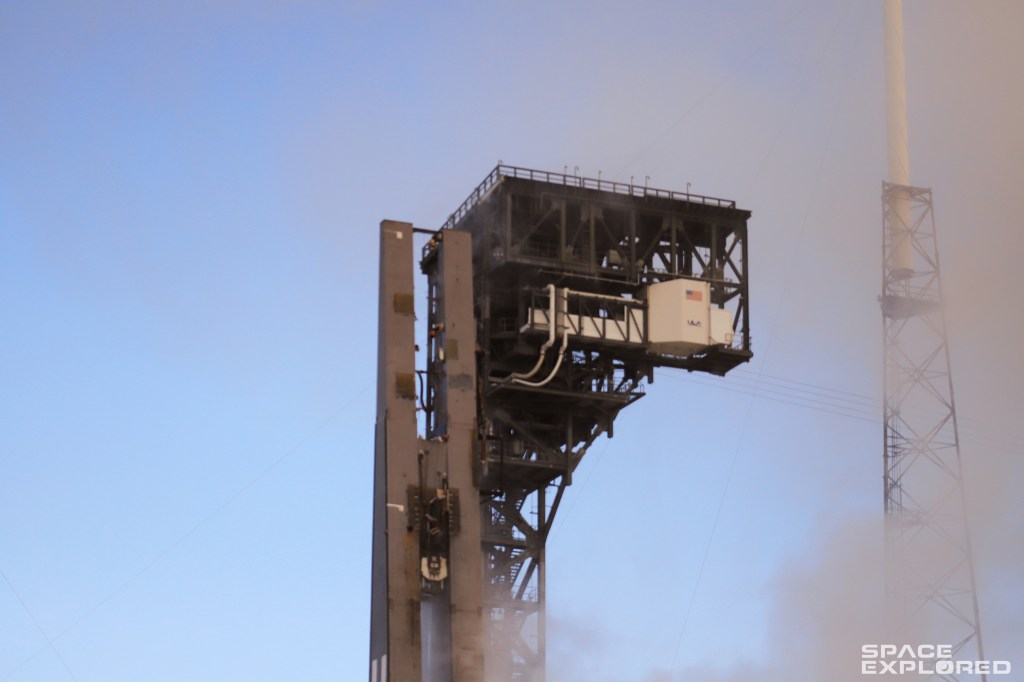
The other camera did not! Daryl’s equipment and configuration executed by me captured these dramatic scenes from the launchpad. As Space Explored’s first remote pad shots go, I couldn’t be prouder of what Daryl helped make possible.
After liftoff, launch personnel apply water to clean the pad so ULA can return with another rocket and repeat the process.
Pegasus and Falcon
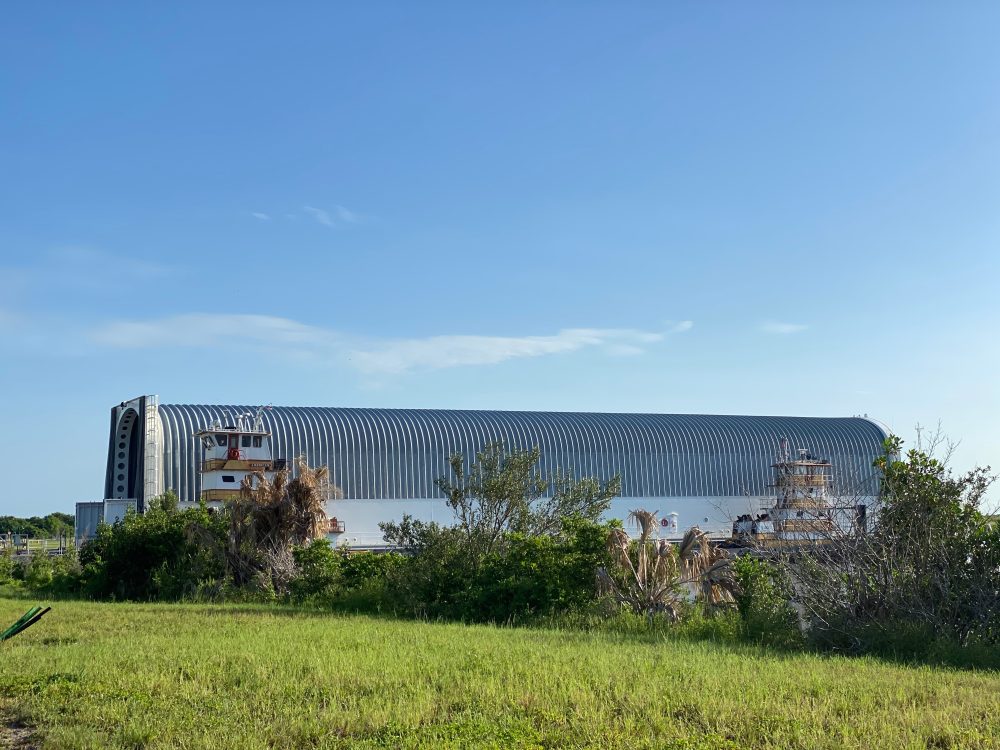
A bonus during Mars 2020 launch week was the arrival of NASA’s giant Pegasus barge. The enormous vessel is usually stationed at the Michoud Assembly Facility in New Orleans. It will also be how the Space Launch System Core Stage travels from Stennis Space Center in Mississippi to Kennedy Space Center in Florida after a hot-fire test planned in October or November.
During its cameo, Pegasus was delivering critical SLS hardware known as the Launch Vehicle Stage Adapter for the Artemis I mission. Artemis I is NASA’s uncrewed lunar flyby mission to test the Space Launch System vehicle and Orion capsule in late 2021 before a crewed flight around the Moon for Artemis II. The third Artemis mission will be the first to bring astronauts to the surface of the Moon since the Apollo program in the 70s.
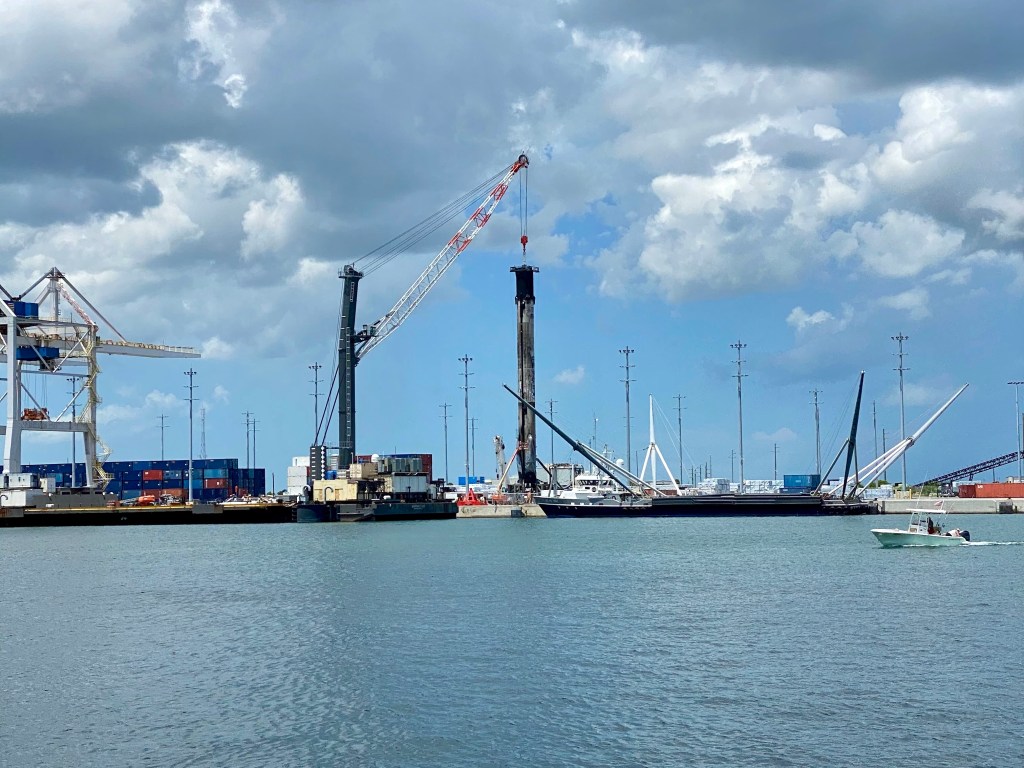
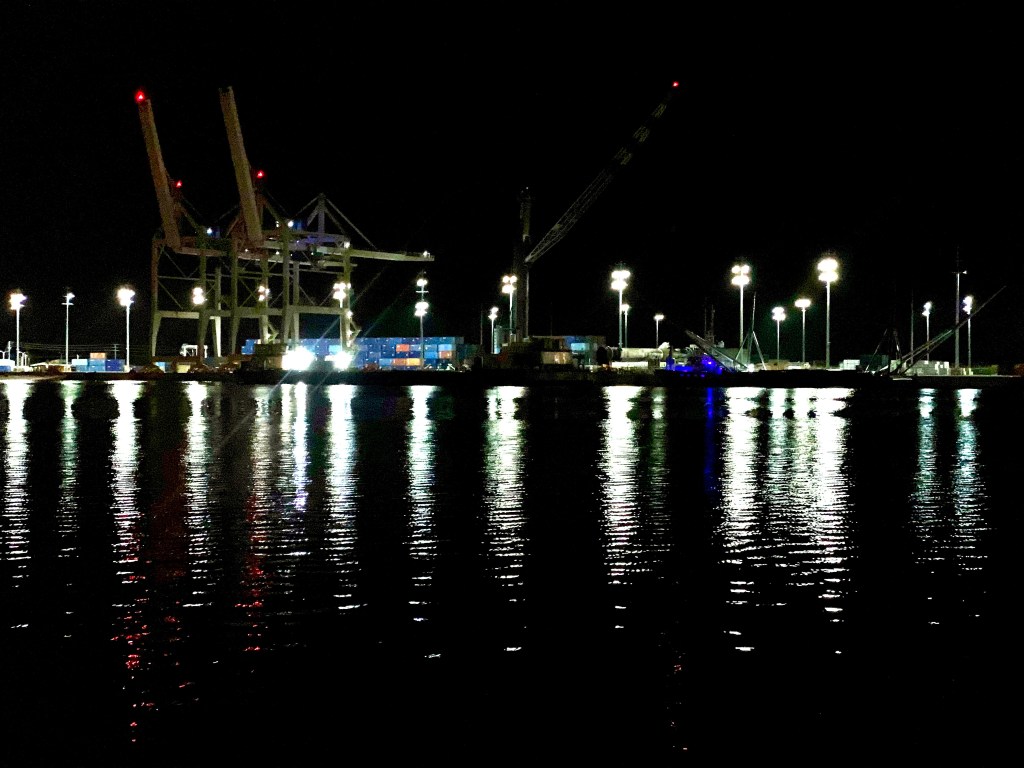
Another perk during Mars 2020 launch week at Port Canaveral was seeing a first stage booster from SpaceX’s Falcon 9 rocket. This booster was previously used to send NASA astronauts Bob Behnken and Doug Hurley to the International Space Station for the historic SpaceX Demo-2 mission. The booster was flown twice so far after being used once for DM-2 and again for the recent ANASIS 2 mission. NASA’s iconic “worm” logo could be seen on the flight-proven booster during an appearance at Kennedy Space Center a few hours after the Mars 2020 launch, but photography is not permitted when traveling between media sites.
More
Space Explored also had two interview opportunities during Mars 2020 launch week. These include talks with professionals from JPL, NASA, and ULA:
- NASA JPL’s Jaakko Karras on the Mars helicopter Ingenuity
- Mars 2020 with Scott Messer of ULA, NASA’s Dr. Lori Glaze and Dr. Thomas Zurbuchen
Listen to each interview and stay tuned for more Mars 2020 mission coverage on Space Explored as we await Perseverance’s Mars arrival on the Red Planet. That’s when the real work begins.
FTC: We use income earning auto affiliate links. More.



Comments